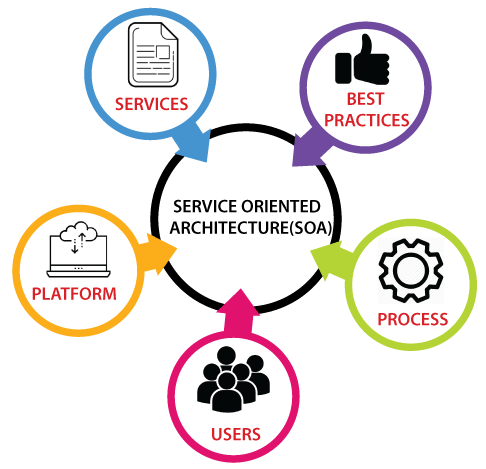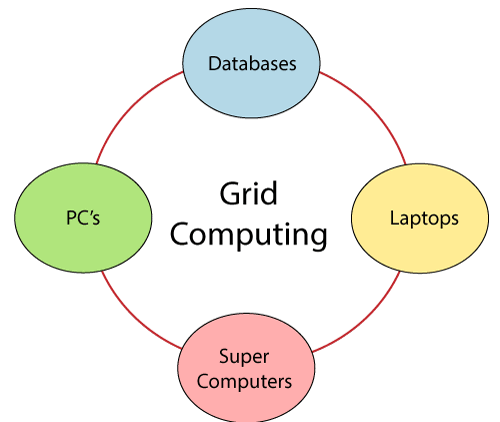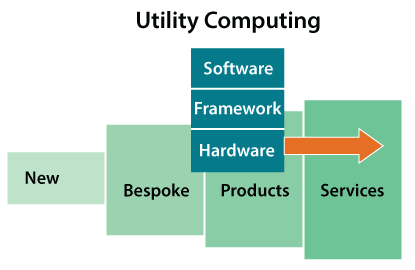Cloud Computing Technologies
A list of cloud computing technologies are given below –
Virtualization
Virtualization is the process of creating a virtual environment to run multiple applications and operating systems on the same server. The virtual environment can be anything, such as a single instance or a combination of many operating systems, storage devices, network application servers, and other environments.
The concept of Virtualization in cloud computing increases the use of virtual machines. A virtual machine is a software computer or software program that not only works as a physical computer but can also function as a physical machine and perform tasks such as running applications or programs as per the user’s demand.
Types of Virtualization
A list of types of Virtualization is given below –
- Hardware virtualization
- Server virtualization
- Storage virtualization
- Operating system virtualization
- Data Virtualization
Service-Oriented Architecture (SOA)
Service-Oriented Architecture (SOA) allows organizations to access on-demand cloud-based computing solutions according to the change of business needs. It can work without or with cloud computing. The advantages of using SOA is that it is easy to maintain, platform independent, and highly scalable.
Service Provider and Service consumer are the two major roles within SOA.
Applications of Service-Oriented Architecture
There are the following applications of Service-Oriented Architecture –
- It is used in the healthcare industry.
- It is used to create many mobile applications and games.
- In the air force, SOA infrastructure is used to deploy situational awareness systems.
The service-oriented architecture is shown below:

Grid Computing
Grid computing is also known as distributed computing. It is a processor architecture that combines various different computing resources from multiple locations to achieve a common goal. In grid computing, the grid is connected by parallel nodes to form a computer cluster. These computer clusters are in different sizes and can run on any operating system.
Grid computing contains the following three types of machines –
- Control Node: It is a group of server which administrates the whole network.
- Provider: It is a computer which contributes its resources in the network resource pool.
- User: It is a computer which uses the resources on the network.
Mainly, grid computing is used in the ATMs, back-end infrastructures, and marketing research.

Utility Computing
Utility computing is the most trending IT service model. It provides on-demand computing resources (computation, storage, and programming services via API) and infrastructure based on the pay per use method. It minimizes the associated costs and maximizes the efficient use of resources. The advantage of utility computing is that it reduced the IT cost, provides greater flexibility, and easier to manage.
Large organizations such as Google and Amazon established their own utility services for computing storage and application.

Note: Grid computing, Cloud computing, as well as managed IT services follow the concept of utility computing.
